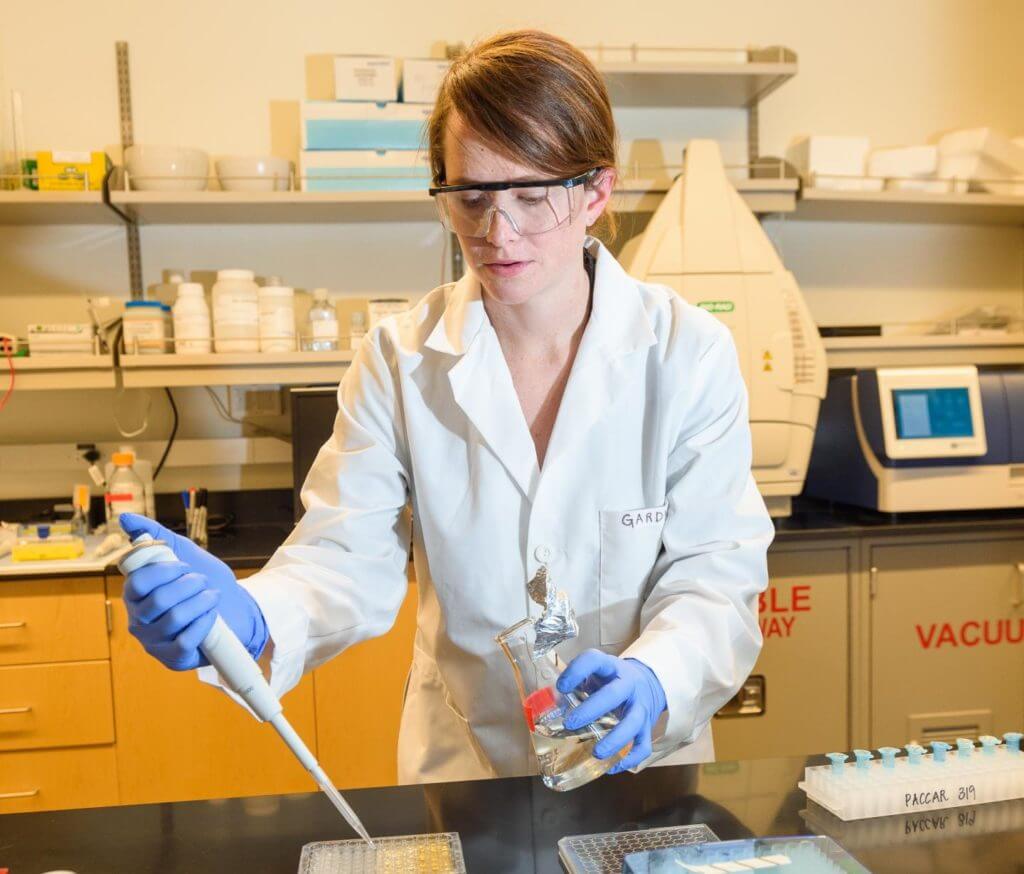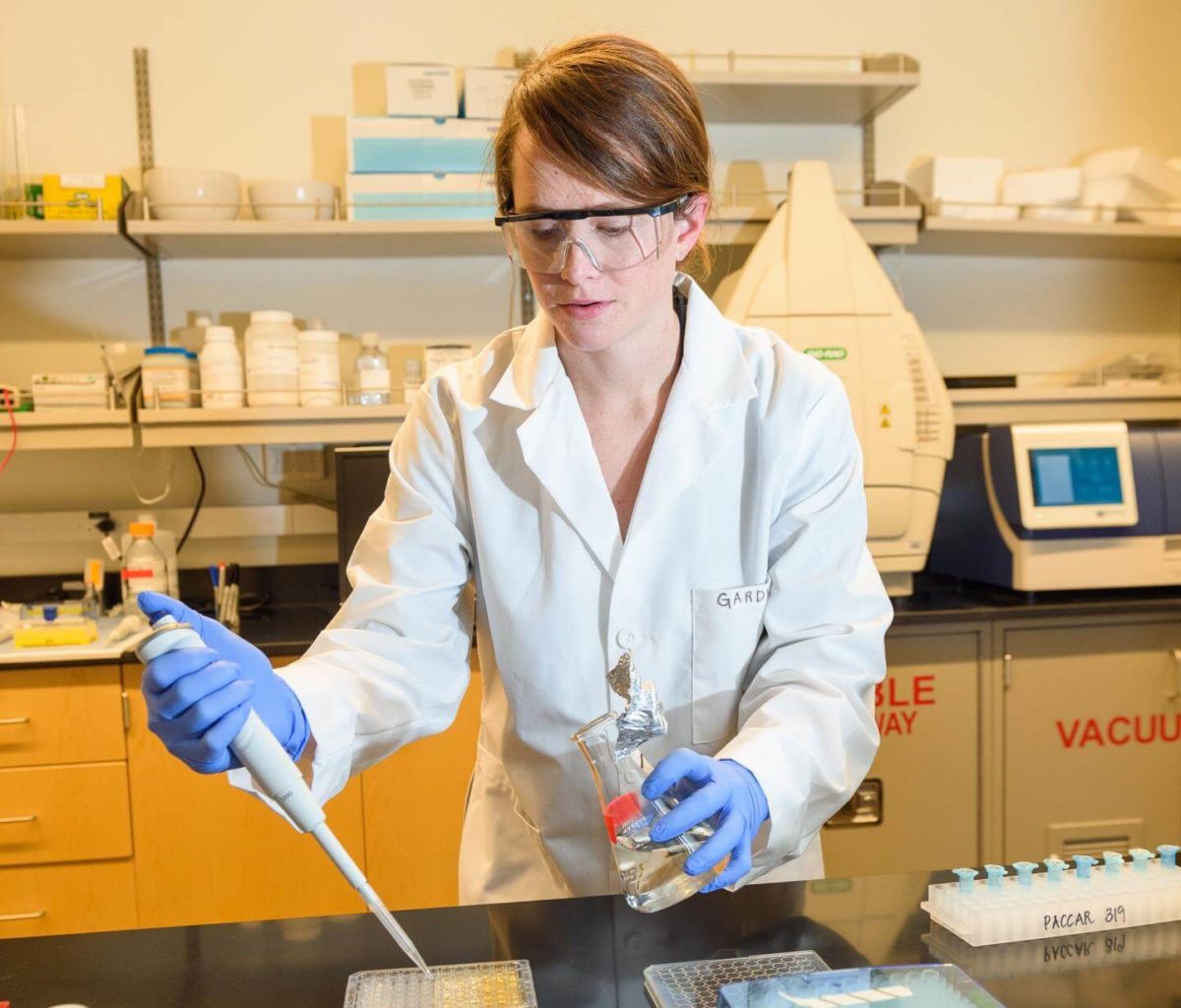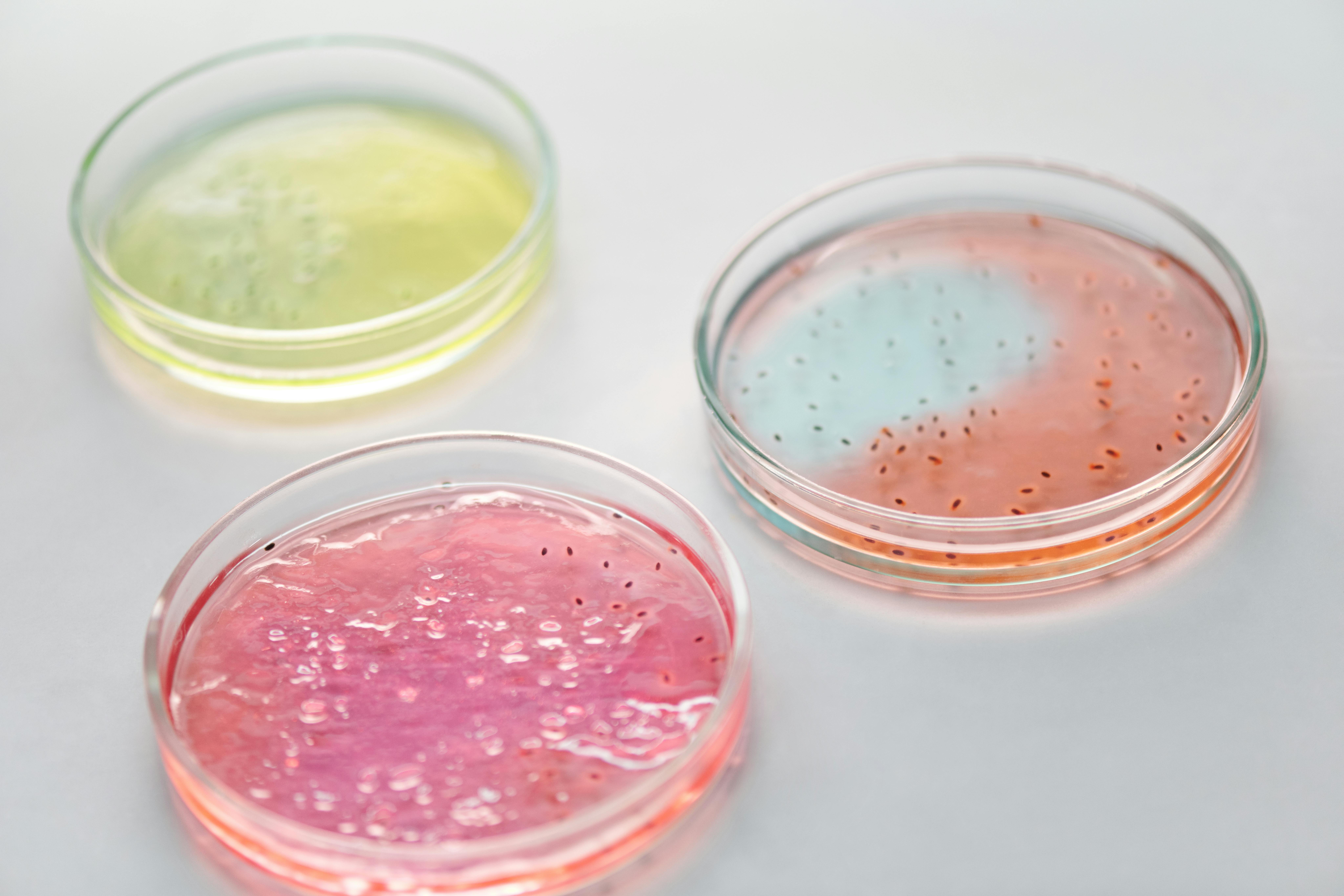Typical household chemicals affect the number of healthy microorganisms in the gut, according to a recent study. Compounds such as those in plastics, detergents, as well as carpet and upholstery that have been treated with chemical guards change the composition of microbes in the gut flora, scientists say. The research raises awareness of the possibility of toxins in everyday items and their influence on human health.
In the last few years, scientists have become more interested in the gut microbiome, the population of bacteria that reside in our digestive tracts, also known as the gut flora. Imbalanced gut flora has been linked to illnesses such as asthma, and Alzheimer’s disease, as well as a wide range of other conditions, including diabetes, cardiovascular disease, inflammatory bowel disease, and autoimmune disease.

Scientists in this study examined amounts of widespread semi-organic chemicals from 69 children ages four and under. After analyzing blood and urine samples, fecal samples were studied to assess the microbiota of their digestive tracts. Along with phthalates, common ingredients in cleaners and plastic items, researchers tested for per- and polyfluorinated substances, or PFASs, found in a variety of other household products. These chemicals described as being semi-volatile make their way into the air and are easily ingested, posing a threat to all of those in the house, especially infants and toddlers.
As the team examined the concentrations of intestinal fungi and bacteria in the stool, they discovered that those who had elevated concentrations of the toxic compounds in their blood had different gut microbiomes. Specifically, increased amounts of PFASs in the bloodstream were correlated to a decrease in bacterial variety and abundance, whereas significant amounts of phthalates were linked to a rise in fungal abundance. More importantly, the chemicals significantly impact the abundance of certain strains of bacteria.
This is particularly alarming since each specific bacterial population is important to maintain optimum gut health. “These microbes are perhaps not the main drivers and may have more subtle roles in our biology, but it might be the case that one of these microbes does have a unique function, and decreasing its levels may have significant health impacts,” says lead author Courtney Gardner, assistant professor in the Washington State University Department of Civil and Environmental Engineering, in a statement.
To their surprise, researchers discovered that those with high amounts of the compounds were revealed to have numerous kinds of bacteria in their digestive systems capable of removing harmful toxins from the environment. As part of bioremediation, microorganisms, such as various types of bacteria that break down long-lasting pollutants, are introduced to the environment. However, they are not frequently seen in the human digestive tract.
“Finding the increased levels of these types of bacteria in the gut means that, potentially, the gut microbiome is trying to correct itself,” says Gardner. She intends to create a screening device to help monitor microorganisms in the gut, as well as, potential probiotic treatments to enhance intestinal microflora.
“While these data do not denote causation, they offer an indication of the types of organisms that may be impacted by exposure to these compounds and provide a springboard for future research,” she adds. “Gaining a more holistic understanding of the interactions between man-made chemicals, the gut microbiome, and human health is a critical step in advancing public health.”
This study is published in the journal Environmental Science & Technology Letters.












